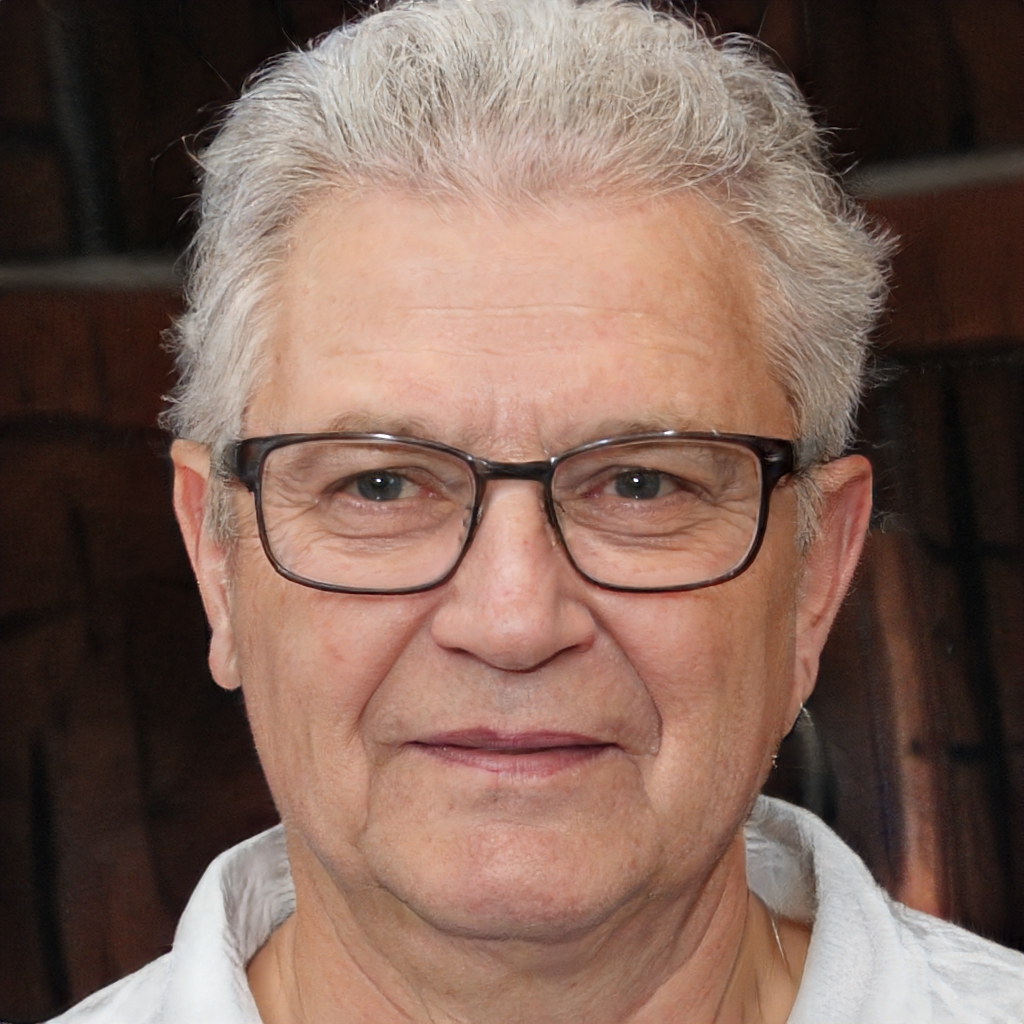The AirCar is equipped with a BMW engine and runs on regular gasoline. A prototype flying car has completed a 35-minute flight between two airports in Slovakia.
AirCar is a prototype hybrid of a car and an airplane that has successfully completed a 35-minute flight between Nitra and Bratislava international airports in Slovakia. Equipped with a BMW engine, it runs on regular gasoline and its creator, Professor Stefan Klein, said it could fly about 1,000 km, at an altitude of 8,200 feet and has so far totaled 40 hours of flight time. The car transforms into an airplane in just two minutes and 15 seconds and represents a possible new means of transportation that could be used to travel great distances in the future.
How the flying car works
Professor Klein personally drove the prototype both off the track and around town. The car's wings fold out to the sides of the vehicle and it can carry two people, with a combined weight limit of 200 kg. During the test flight, the vehicle reached a speed of 170 km/h. Unlike prototype drone-taxis, however, it cannot take off and land vertically and therefore requires a runway.
The market for flying cars is growing, and there is a focus on testing and new technologies that are being implemented in recent years. In 2019, consulting firm Morgan Stanley predicted that the industry could be worth $1.5 trillion by 2040. The company Klein Vision, which made the AirCar, said the prototype took about two years to develop and the investment cost "less than 2 million euros."
For Anton Zajac, a consultant and investor in Klein Vision, if the company could attract even a small percentage of global airline or cab sales, it would be a huge success. "There are about 40,000 aircraft orders in the U.S. alone," he said. If just 5 percent of those were converted to the flying car, the company estimates the possibility of accessing a huge market.
Dr. Stephen Wright, senior researcher in avionics and aeronautics at the University of the West of England described the AirCar as a mix between a Bugatti Veyron and a Cesna 172, but stressed that to build an airplane in the true sense of the word you need to be certain that it can fly for millions of hours without having accidents. For this reason, we are still waiting for the results on the safety of the prototype of the Klein Vision, which meanwhile is continuing testing to become a possible new vehicle of the future.
If in the coming years we could begin to move even individually in airways, many companies are instead working to bring people into space, such as Virgin Galactic, which has obtained a license for short commercial space flights.
Stefania Bernardini
